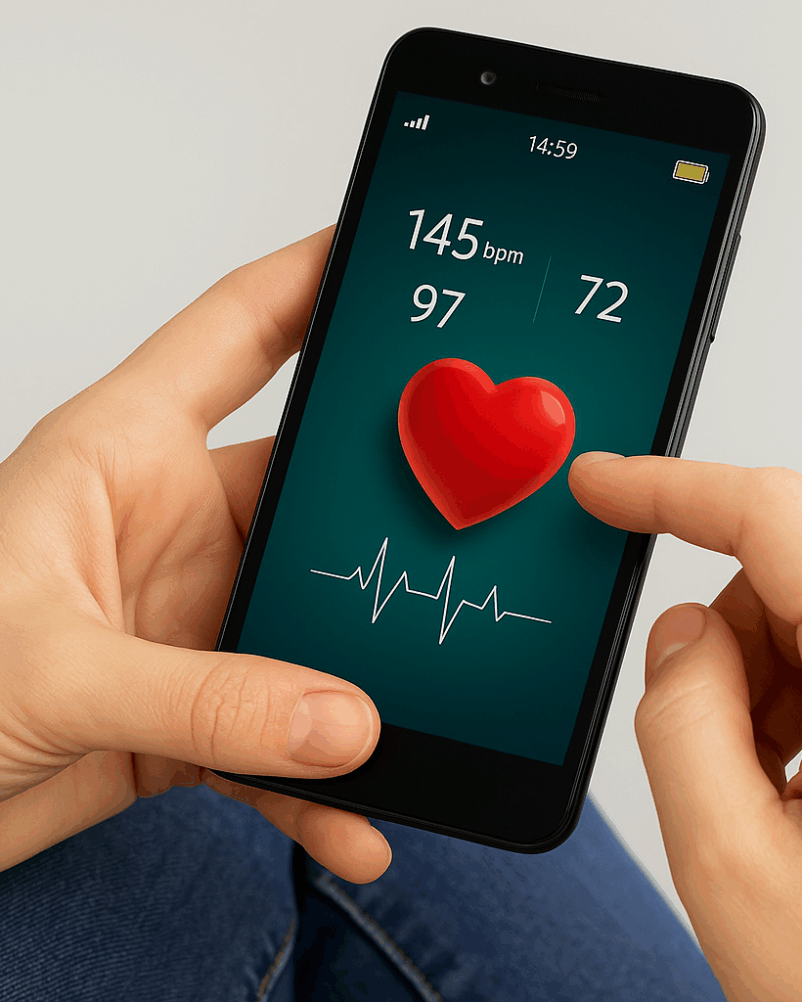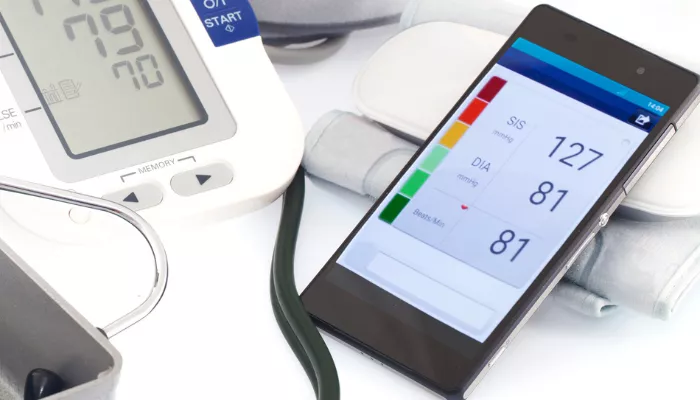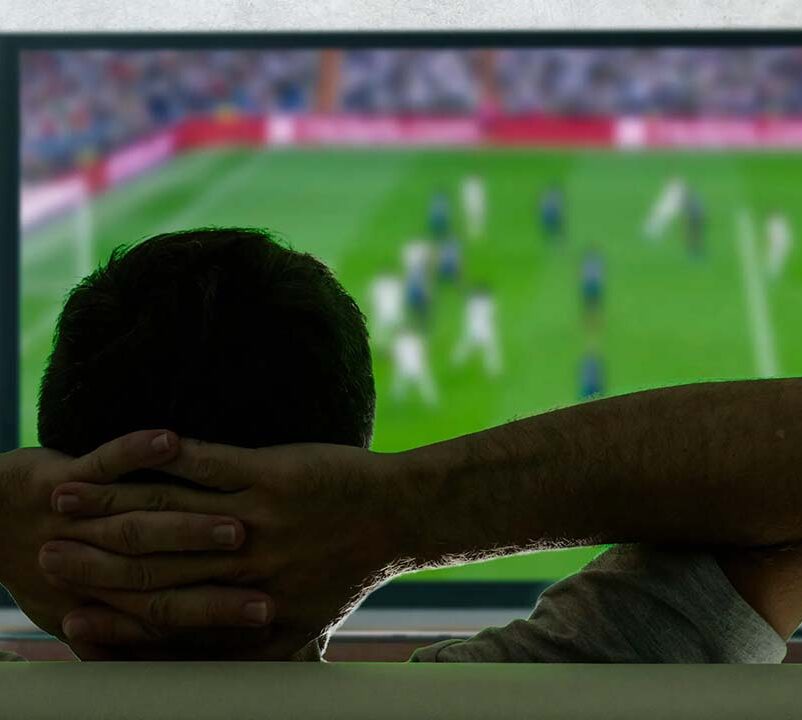Anúncios
The ability to mirror your smartphone screen onto any surface—such as a wall or an improvised projection screen—offers countless benefits, especially for those seeking low-cost and portable solutions.
We’ve selected the top 5 free screen mirroring apps that make it easy to transform your smartphone into a versatile tool for media, presentations, and entertainment.
These apps let you project your phone’s content onto virtually any surface, enhancing your experience and giving your smartphone a whole new purpose.
🔦 Descubra o Melhor App de Projetor para Você
O que você quer projetar usando seu smartphone?
Anúncios
1. Google Home
Features and Capabilities:
Screen Mirroring via Chromecast:
Google Home allows you to mirror your smartphone screen to any device equipped with Chromecast, including smart TVs and projectors.
User-Friendly Interface:
The Google Home app is easy to navigate and designed for users of all tech levels, making screen mirroring a simple process.
Advantages:
Wide Compatibility:
Works seamlessly with any Chromecast-enabled device, offering broad support across brands and models.
Cable-Free Experience:
No need for extra hardware or wires—just connect via Wi-Fi for a smooth and convenient screen sharing experience.
Performance:
Stable Connection:
Wi-Fi-based mirroring is generally reliable, although performance may vary depending on your internet speed and network stability.
2. AirDroid
Features and Capabilities:
Full Screen Mirroring:
AirDroid not only mirrors your phone screen, but also allows full remote control of your smartphone from a computer or TV.
File Transfer Functionality:
Ideal for users who want to transfer files between devices while simultaneously mirroring the screen.
Advantages:
Versatility Across Platforms:
Compatible with Android, Windows, and macOS, and supports remote control features for flexible usage across multiple devices.
Built-in Security:
Includes password protection to keep your data safe during screen mirroring and file transfers.
Performance:
High Performance and Stability:
With a stable connection, AirDroid delivers smooth screen mirroring and high-quality visuals, making it reliable for both personal and professional use.
3. LetsView
Features and Capabilities:
Wireless Screen Mirroring:
LetsView enables you to mirror your smartphone screen to any Wi-Fi-compatible device, including smart TVs, Windows PCs, and Macs.
On-Screen Annotations:
While mirroring, you can draw or write on the screen in real time—a great feature for presentations, teaching, or collaborative work.
Advantages:
Completely Free:
LetsView offers full screen mirroring features at no cost, making it accessible for all types of users.
Cross-Platform Compatibility:
Compatible with Android, iOS, Windows, and macOS, providing flexibility across multiple devices and systems.
Performance:
Good Visual and Audio Quality:
With a stable Wi-Fi connection, LetsView delivers clear image and sound quality during screen mirroring sessions.
4. VNC Viewer
Features and Capabilities:
Remote Control:
VNC Viewer not only mirrors your phone’s screen but also allows full remote control of your smartphone—perfect for presentations or accessing files without physically touching the device.
Wide Compatibility:
Compatible with mobile devices, desktops, and servers, offering versatile use across multiple platforms.
Advantages:
Flexibility:
Ideal for users who need complete remote control of their phone during screen mirroring sessions.
Enhanced Security:
Includes data encryption to protect your information during remote access.
Performance:
Higher Latency:
May experience increased latency on slower connections, which can impact mirroring quality—especially noticeable when streaming high-definition videos or playing games.
5. Samsung Flow
Features and Capabilities:
Seamless Integration:
For Samsung device users, Samsung Flow offers the ability to mirror your phone screen and control your smartphone directly from a PC or another Samsung device.
Easy Data Transfer:
Allows quick and simple file and message transfers between Samsung devices.
Advantages:
Exclusive to Samsung:
Provides optimized performance and better integration with Samsung’s ecosystem of devices.
Multiple Functions:
Beyond screen mirroring, it supports notification and message syncing for a connected experience.
Performance:
Excellent Performance:
Ideal when used with Samsung devices, delivering a smooth, uninterrupted user experience.
How Screen Mirroring Works
Screen mirroring allows you to duplicate your smartphone’s interface onto a larger screen, such as a TV, computer, or even a wall—turning your phone into an improvised projector.
The process involves sending the phone’s image to another device, where it is displayed in real time. Mirroring can be done wirelessly (via Wi-Fi or Bluetooth) or using cables, depending on the technology and app you choose.
Difference Between Mirroring and Casting
Mirroring:
Shows exactly what is on your phone’s screen on another device. It’s ideal for duplicating images, videos, or presentations.
Casting:
Although often used interchangeably with mirroring, casting usually involves sending specific content like a video or slideshow to a display device, without showing the entire phone interface.
Types of Screen Mirroring Technology
• Wi-Fi Direct:
Allows devices to connect directly without a traditional Wi-Fi network. Useful for fast and reliable transfers.
• Miracast:
A wireless mirroring technology that lets you connect your phone to devices like TVs without needing a router or internet connection.
• Chromecast:
Google’s technology that streams content directly from mobile devices to TVs or projectors connected to Chromecast.
Minimum Requirements for Screen Mirroring
• Resolution:
Image quality depends on the receiving device’s resolution. Make sure your TV, projector, or PC supports a good resolution.
• Brightness:
The brightness of your phone’s screen affects projection visibility, especially in well-lit environments.
• Compatible Apps:Check if the app supports your display device. For example, some apps only work with TVs that support Chromecast.
Table Highlights
• Video Compatibility:
All apps support video mirroring, but some offer better stability and image quality depending on the connection.
• Photo Compatibility:
Most apps mirror high-resolution photos, ideal for presentations or image displays.
• Slide Compatibility:
Apps like AirDroid and LetsView are perfect for slide presentations, providing clear and smooth display.
• Game Compatibility:
Only some apps, such as AirDroid and VNC Viewer, support game mirroring, as it requires higher graphic performance and low latency.
Benefits of Using Your Phone as an Improvised Projector
• Cost Savings:
Using your phone as a projector avoids the high costs of traditional projectors, which can be expensive and bulky.
• Portability:
Phones are lightweight and compact, making it easy to project content anywhere—whether traveling, at work presentations, or in your bedroom.
• Accessibility:
Most apps are free and easy to set up, making the technology accessible to everyone regardless of budget.
Conclusion
Using your smartphone as an improvised projector is a practical and affordable way to display content on large screens without expensive, heavy equipment.
With the free apps mentioned, you can easily mirror your phone’s screen on any surface, whether for work presentations, watching movies, or gaming.
These versatile apps add convenience and efficiency to daily life, meeting the needs of both professionals and casual users.
Frequently Asked Questions
1. Can I mirror my screen to a TV without Wi-Fi?
Yes, technologies like Miracast and Wi-Fi Direct allow some apps to mirror screens without a Wi-Fi network.
2. Is it possible to mirror games in high quality?
Yes, apps like AirDroid and VNC Viewer support game mirroring, but quality depends on connection speed and the receiver’s performance.
3. Which apps are best for presentations?
Google Home and AirDroid are ideal for presentations, offering stable display of slides, videos, and photos.





